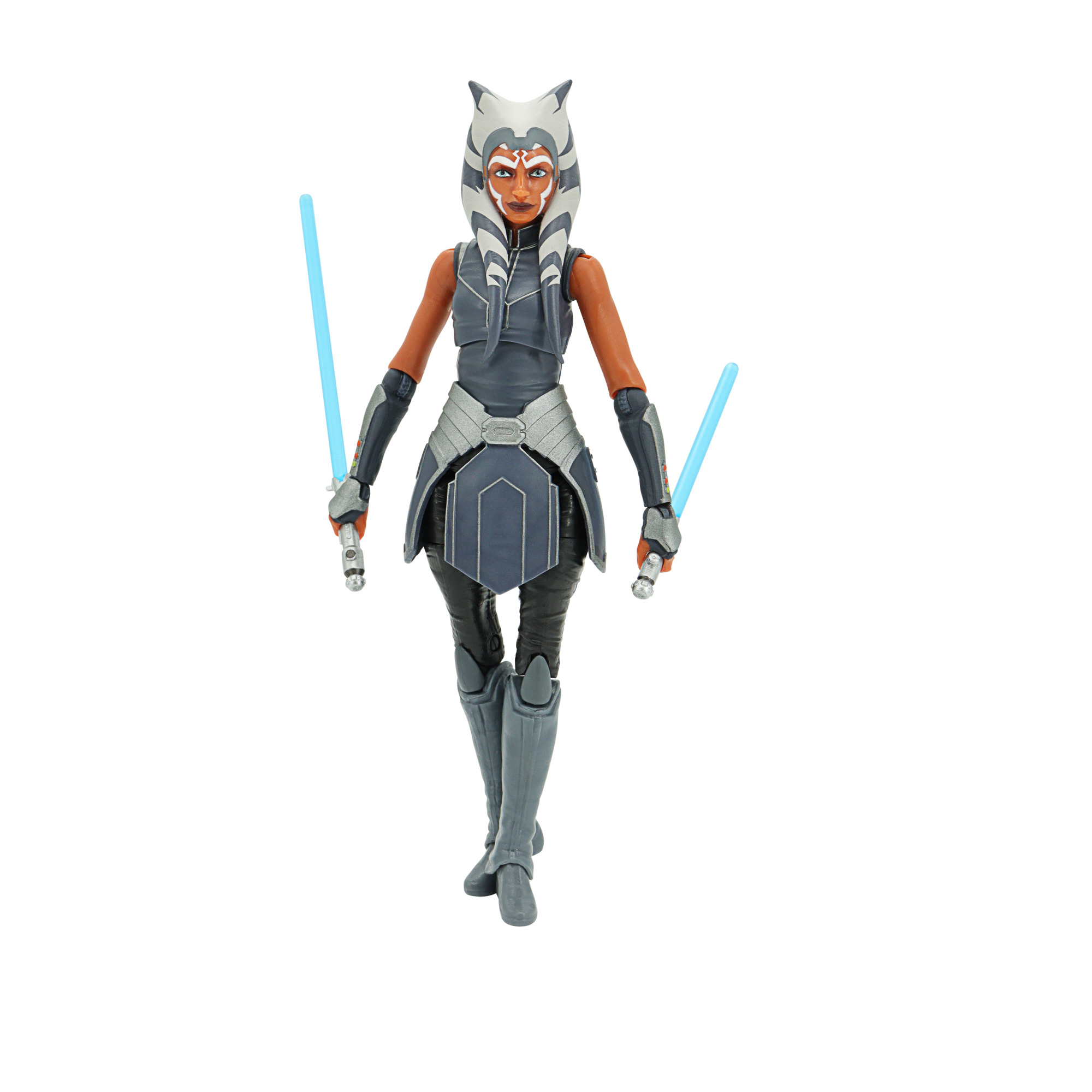Funko Wobbler Star Wars Solo: Lando Calrissian, Bobblehead Figure
Adorable stylized figure. Funko figure stands about 3.75″ tall. Packaged in a window display box. Collectible.
Headquartered in downtown Everett, WA, Funko is one of the leading creators and innovators of licensed pop culture products to a diverse range of consumers. Funko designs, sources and distributes highly collectible products across multiple categories including vinyl figures, action toys, plush, apparel, housewares and accessories. Our aim is to provide consumers tangible ways to take their fandom offline.
Funko Wobbler Star Wars Solo: Lando Calrissian, Bobblehead Figure
- Adorable stylized figure
- Funko figure stands about 3.75″ tall
- Packaged in a window display box
- Collectible
Additional information
| Age Range | 7 years |
|---|---|
| Assembled Product Weight | 0.45 lbs |
| Assembled Product Dimensions (L x W x H) | 3.87 x 4.00 x 6.84 Inches |






Reviews
There are no reviews yet.